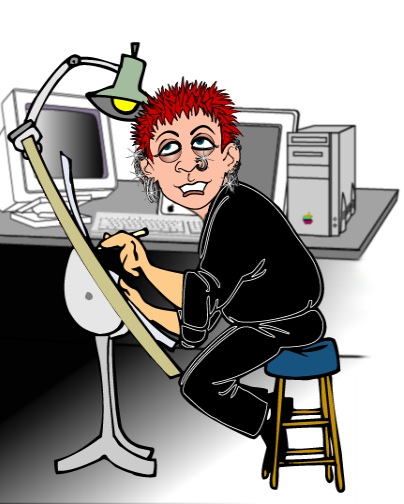 My Top 10 Reasons to take advantage of this introductory pricing offer.
My Top 10 Reasons to take advantage of this introductory pricing offer.
Access the entire library of video2brain training via this amazing Training via Subscription Promo and you can have all the video training you’ll ever need for as little as 35 cents a day – that’s even cheaper than a bottle of water!
Before now if you wanted to access my training, you could buy individual workshops from my store or the video2brain store. You can still do that but if you prefer you can subscribe to video2brain for as little as $10.75 per month (Annual Subscription).
As you may know I create all my video training workshops with video2brain. In my previous post I talked a bit about why I work with them, here I’d like to explain a bit about the brand new subscription options for accessing the training.
With a video2brain training subscription, not only will you get access to all of my workshops but also all the other titles, by other authors that video2brain has to offer. Here are a few more compelling reasons:
- Get complete access to an extensive training library: video2brain training subscriptions give you easy, affordable, unrestricted access to the full range of video2brain courses – a library with more than 130 courses, and nearly 500 hours of training, and over 5,600 lessons. With access to the entire library, you can watch lessons from dozens of trainers and get a wide variety of perspectives and approaches to rich topics.
- Stay up to date: Today’s knowledge may be outdated tomorrow. The video2brain library will be updated several times a month, and all new courses will be included in our subscriptions as they’re released. In addition to covering current technologies,the video2brain library will offer courses on some upcoming software releases and technologies, helping you stay ahead of the curve.
- Enjoy an exceptional value: As individual products, the courses in the video2brain training library have a value of well over $4,000. With a video2brain training subscription, you get unlimited access to all the videos in the library for the duration of your subscription at a fraction of the cost.
- Benefit from introductory pricing: We’re launching the library with low, introductory pricing, and we’re thanking early adopters with a three-year price guarantee, to ensure that you can enjoy that benefit in the years ahead.
- Experience world-class training: video2brain has been creating video training for nearly 10 years. Our library offers world-class training from a team of some of the best trainers in the business. Our authors are not only top experts in their fields and working artists, photographers, designers, and programmers, but just as importantly, they’re skilled and passionate instructors. All video2brain courses undergo rigorous quality assurance, and are presented in our easy-to-use, feature-rich interface. And we’re committed to continuously improving your learning experience by adding new features throughout the year.
- Learn anywhere, anytime you want: Your video2brain subscription lets you access the library anytime you’re online, and even from different computers. Our unique Platinum subscription includes the option to download courses for offline use. It makes no difference whether you’re at work, at home, or traveling. And all titles in our library work equally well on your Mac, Windows, or even Linux computer, as well as on popular tablets, including the iPad and iPad 2.
- Go at your own pace: One of the fundamental advantages of video training over other approaches to learning is its flexibility. You can watch a whole course or just the lessons that interest you. And when you need a break, just click Pause and come back when you’re ready.
- Scale our training to suit your needs: video2brain subscriptions are available in multiuser licenses too, making it easy for your organization to find the solution that fits your needs and budget.
- Invest your technology budget wisely: The comprehensive video2brain training library lets you learn about new applications and new releases before you invest in expensive software. Our authors give you concrete advice on what these programs can and can’t do and how they might fit into your workflow, so you can make informed decisions and invest where it counts.
- Explore new areas: Even if you sign up to enjoy our courses on topics like digital imaging, design and video editing, your learning doesn’t have to stop there. The video2brain library includes workshops on making eBooks, mastering green screen techniques, the art of craft photography, kinetic typography, and Facebook, iOS, and Android application development, and more! And your subscription gives you the freedom to explore any areas that interest you, grow in new directions, and reap the benefits of new and upgraded skills – without spending another penny!
Learning is a lifelong adventure. I and the team at video2brain would love to help you make the most of it.


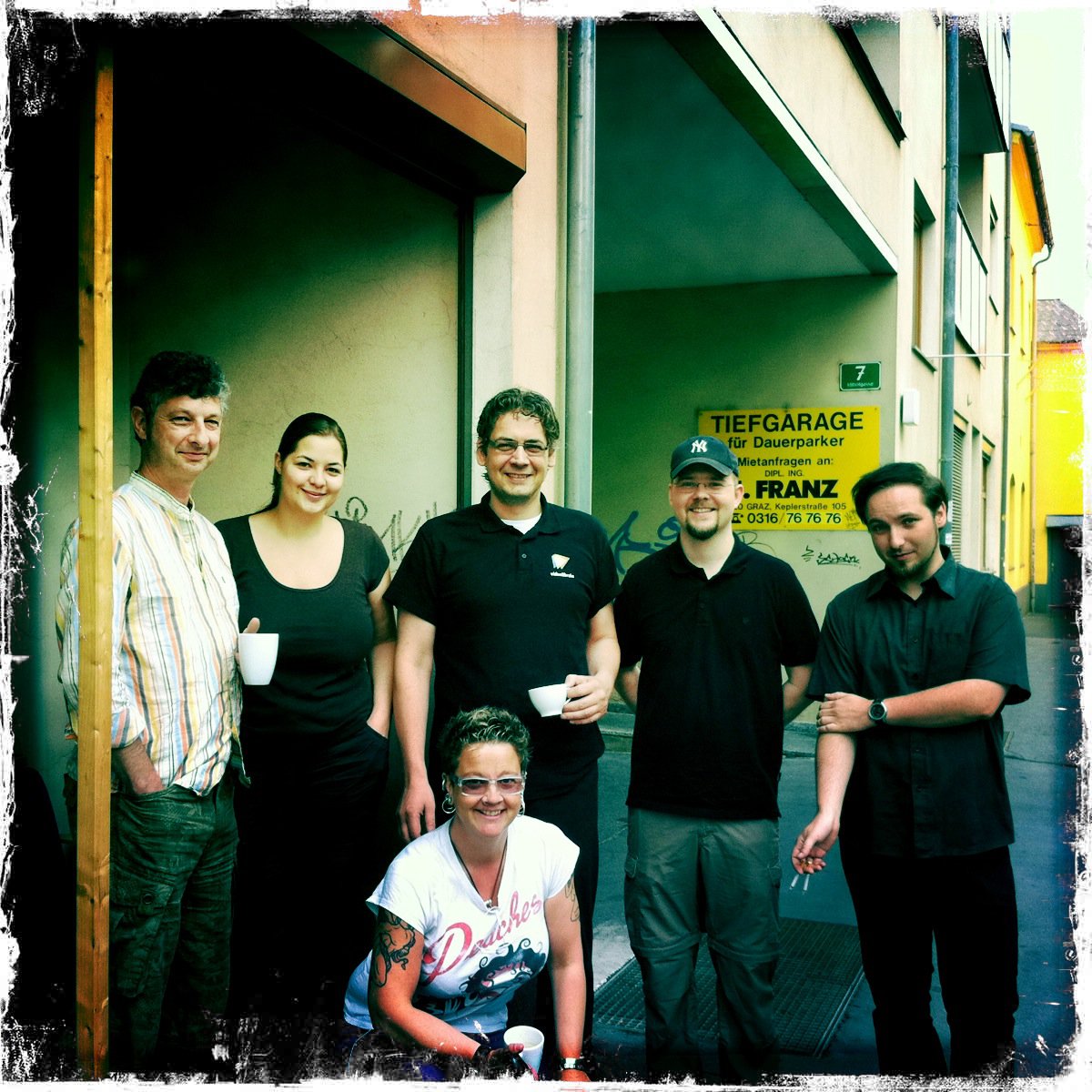
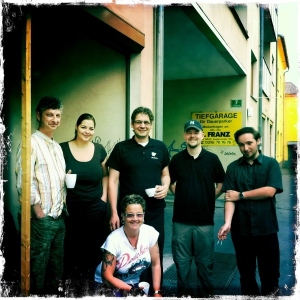
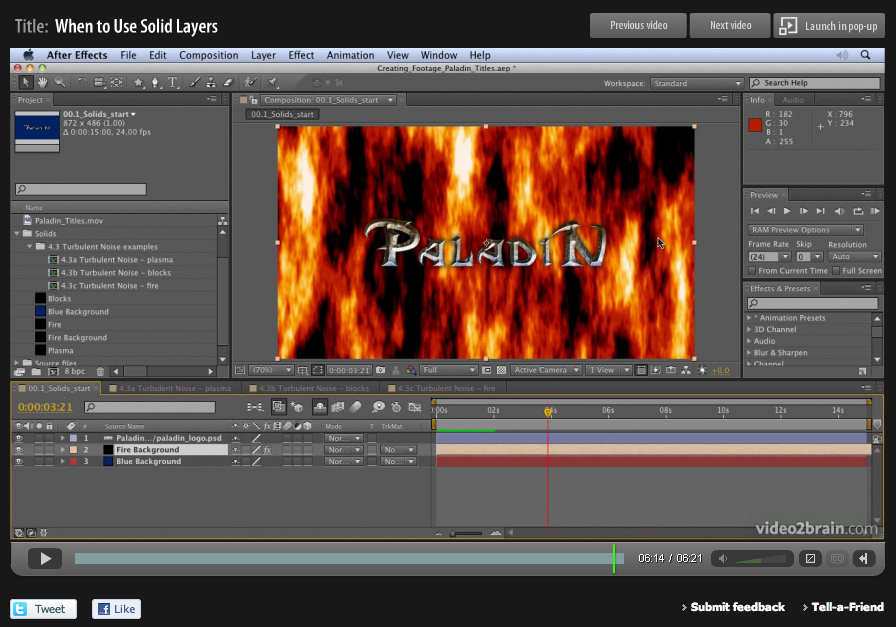
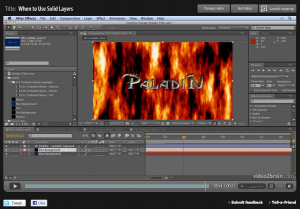
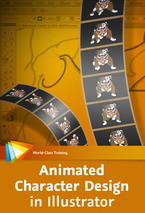

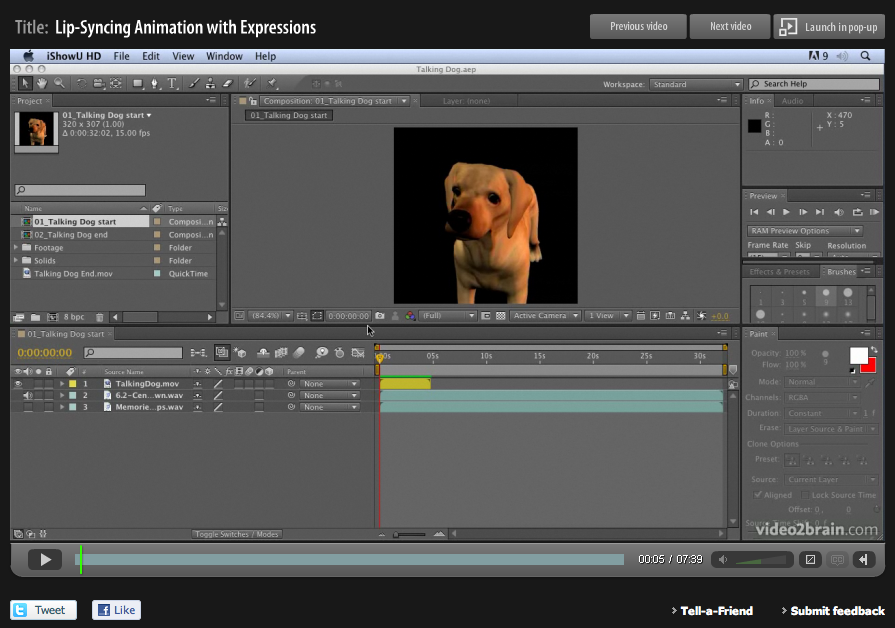
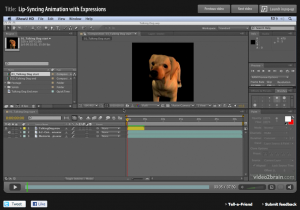
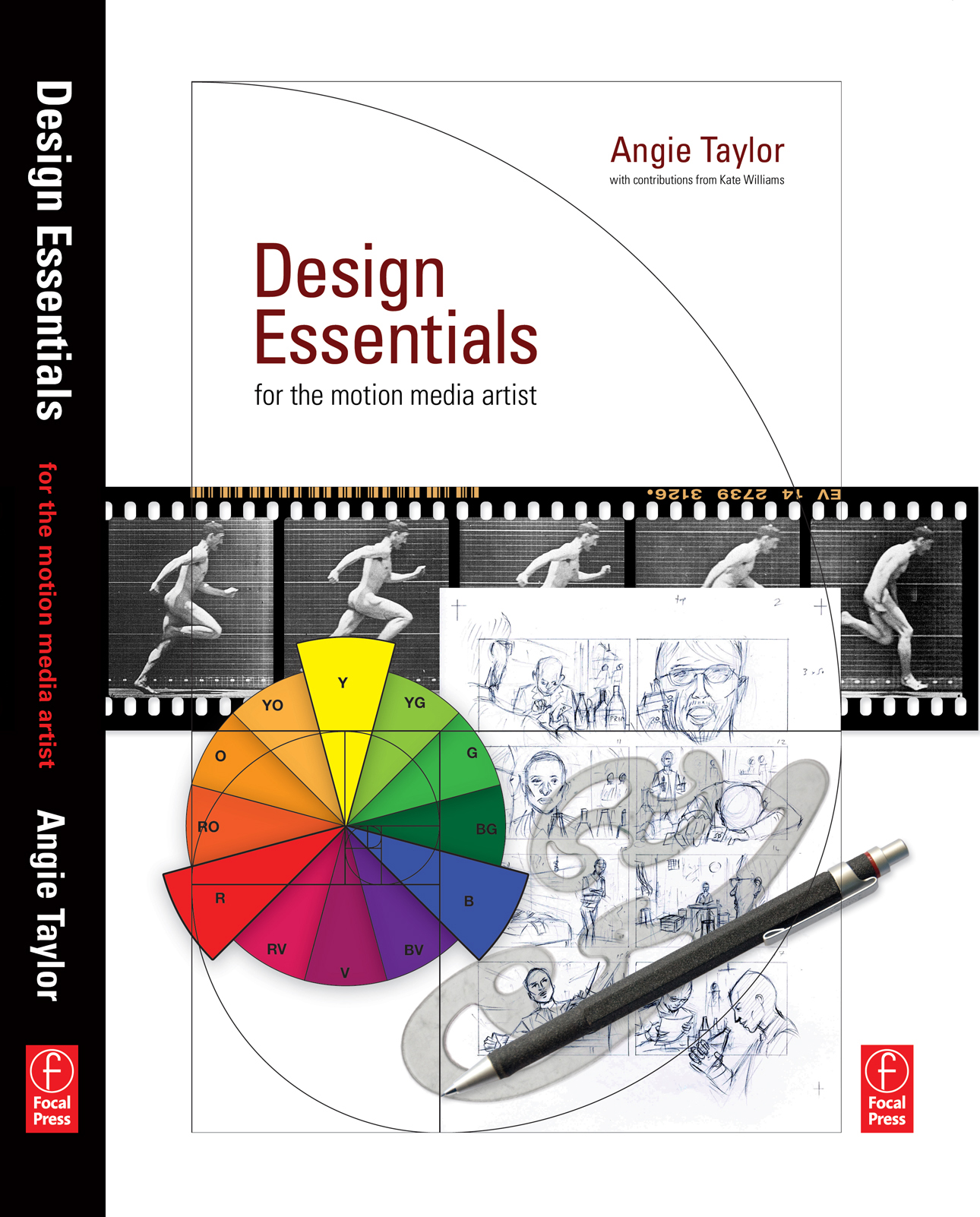
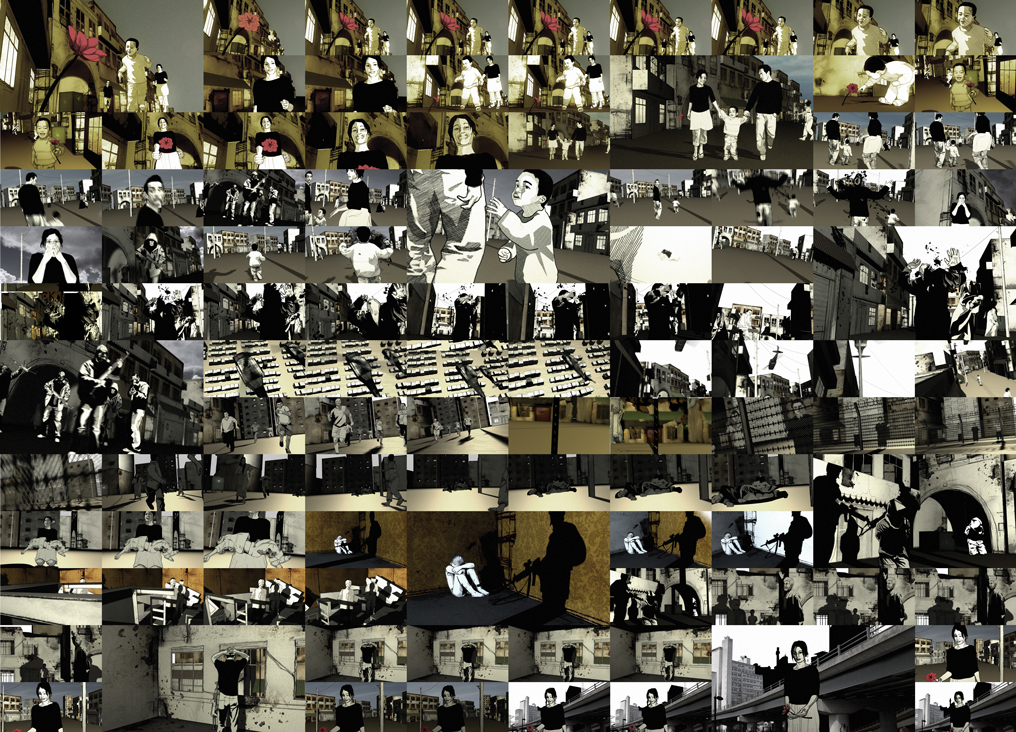


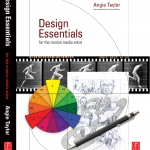



 I was describing a friend of
I was describing a friend of